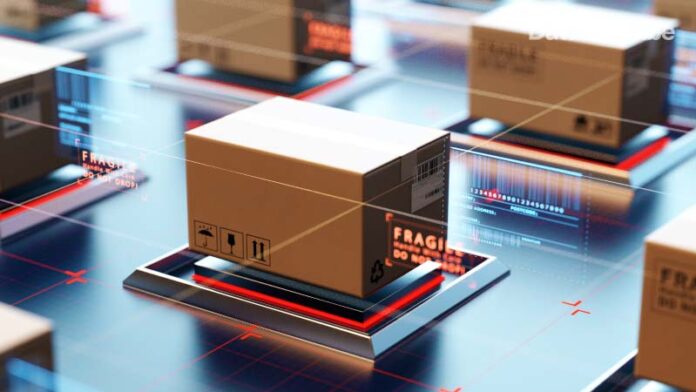The first industrial robot was developed in 1956 by George Devol, a product of his company Unimation. The robot was capable of moving material about a dozen feet or so. Six decades later, robotics became a common sight in the packaging industry, from production to distribution, they have made assembly lines more efficient and precise.
Artificial Intelligence (AI) is powering the industry’s next evolution, from production to packaging to distribution. Increasing consumer demand for eco-friendly packaging, consumer goods, and circular economy drives the packaging industry to embrace AI.
There is no one-size-fits-all approach to AI. Different solutions help in other parts of the business. Let’s understand it through the below use cases:
Inspection systems powered by AI
AI has been doing quite well in the sustainable packaging industry for a while. Amazon ships billions of products to customers globally each year. Before those products can be delivered, they have to be packed carefully to avoid incurring damage-related costs. AI and Machine learning (ML) play an essential role in this, deployed in Amazon production, automatically assigning packaging types to products, optimising for package and transportation overhead. This led to tens of millions in cost savings in emerging markets by reducing the damage rate by 24 per cent.
Also, Amazon sends padded mailers instead of boxes for specific items or deliveries, making packages lighter. This means more parcels can fit on every delivery truck, reducing the amount of packaging that will eventually need to be recycled. This reduces carbon footprint while cutting shipping costs, resulting in a triple bottom line success.
Packaging Distributors of America (PDA) developed a vision system that led to 100 per cent accuracy with package inspection. Clients were complaining that their orders were being delivered with broken parts or missing items. The team of engineers developed a vision system to inspect their packages. The process involves installing customised camera equipment into the company’s packaging equipment. At the same time, the accompanying custom-developed software helped to understand what products need to be in what boxes, preventing incorrect boxes from being sealed and transported to shipping. After implementing the vision system, PDA clients experienced a drop in customer complaints. They went from a 7.5 per cent customer complaint rating to a 0 per cent customer complaint rating immediately.
Also Read: Garbage In Garbage Out: The Problem Of Data Labelling
Date labelling
ML can change business processes by providing accurate data, analysis and insights. It has also been beneficial to the packaging industry. Using ML in processes such as date labelling allows companies to benefit from standardised procedures and reduce customer dissatisfaction. The incorrect labelling of products can lead to inspection failures, customer disappointment, and a reduction in profits. ML can make date labelling a standard, guaranteeing lower manual errors and greater efficiency in processes.
For instance, the inline scanning technology was created in response to Tesco rolling outdated embedded barcodes on meat products. Tesco’s packaging line is protected from errors, emergency product withdrawals, and product recalls using a date code and labels verification solution, which t can read the barcode information inline via existing scanners.
Sustainability in AI
About 16 per cent of 2.1 billion tons of garbage gets recycled each year. Consumers and manufacturers realise the ecological cost of not recycling correctly.
For instance, AI company AMP Robotics aims to change how garbage gets recycled globally. It has rolled out an AI-powered robot called Cortex, which uses optical sensors to take in what rolls by and figures out what it should do with the collected garbage. Matanya Horowitz, the founder of AMP Robotics, explained in an interview, “Robots can learn the features of materials. They can be sparse whether the material is cloudy or opaque. AI-powered robots are even able to identify symbols of specific brands. These abilities help robots narrow down the source of contamination and what to do with it.”
Also Read: Bias in the Training Data Leads to a Biased Algorithm
How does the future look with AI?
The increased use of robots for picking and packing products for shipment holds a lot of potential. From parcel sorting to loading onto trucks, the entire process could be fully automated. By utilising robots to pick and pack products, centres can increase their capacity by about four times that of human-run centres.
An E-retailer survey by Packaging Insights suggests that using technology in order fulfilment and the last mile could cut delivery times to within 10 minutes of purchase by 2025. This would significantly change consumer attitudes to online grocery shopping, driving them to buy in smaller amounts, more frequently, often for immediate consumption, to store less and to be much more conscious of food waste.
As technology continues to progress, automation, e-commerce, and the use of artificial intelligence will be a topic that continues to pique the interest of industry executives.









